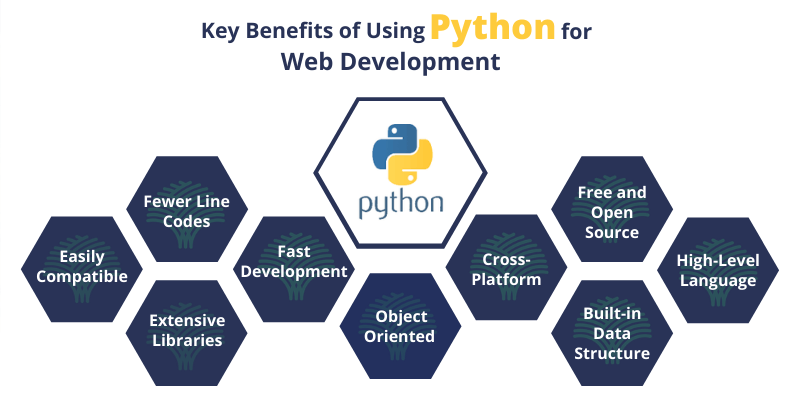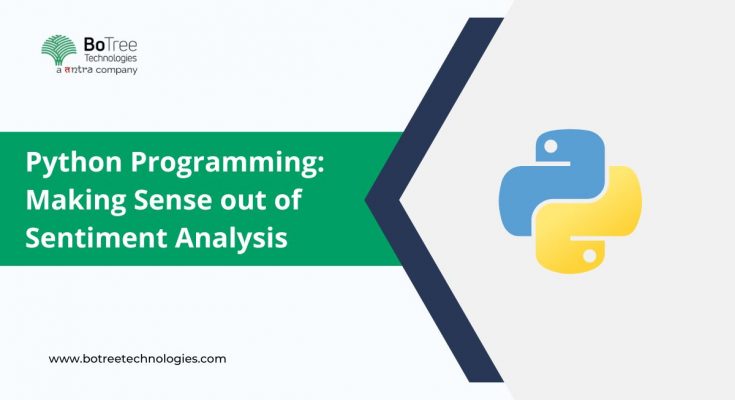
Sentiments have been with us ever since Eve was enticed by the serpent to eat the forbidden fruit. Sentiments have driven us and our activities. Positive, negative, neutral or even mixed – each sentiment forms a core of our activities. Even in this digital era, sentiments of online users make or break brands, celebrities, businesses and even personalities of individuals, which is why a custom software development company builds solutions that influence individual behaviours. Understanding the feelings of online users, broadly referring to sentiment analysis, has become critical.
The Wikipedia Page Defines Sentiment Analysis As:
“It refers to the use of natural language processing, text analysis, computational linguistics, and biometrics to systematically identify, extract, quantify, and study effective states and subjective information.”
In simple words, it refers to analysis of whether people generally like or dislike something. Also known as ‘opinion mining’, sentiment analysis is the process of knowing the emotional tone for any particular subject, by analyzing the usage of words, which help in understanding attitudes, opinions and emotions used within an online mention.
Why Sentiment Analysis is Critical?
In this day and age of world driven by social media networks, businesses rely really heavily on data and online reputations. Unstructured data comes from various sources like emails, chats, surveys, news articles, documents etc. Custom software development services are needed to make sense of such data.
Social media platforms like Twitter, Facebook, Instagram and others pose serious challenges, not just because of the enormous data generated, but also because of the language used to express sentiments that range from stickers, emojis to memes & chat abbreviations.
Sentiment analysis is of critical importance for professionals from the fields of marketing, advertising, economics, political science and other related fields that bank on human-computer interaction. Businesses that make sense out of the data are able to get insights from unstructured data to find gems of patterns and relationships related to buyers.
There are several online listening and monitoring tools used to do sentiment analysis. Each of the tools has a widely varying degree of performance. When it comes to sentiment analysis, accuracy is of incredible importance for any Python application development company.



